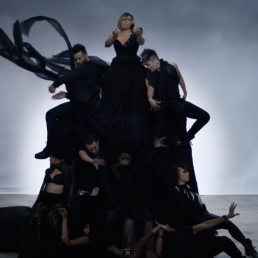Garment Production Process
The Fashion Designer creates ideas for a range of products including coats, suits, dresses, hats, and underwear. Fashion designers begin the process by making rough sketches of garments or accessories, often using computer-assisted design (CAD) software. This software prints detailed designs from a computer drawing. It can also store fashion styles and colors that can be accessed and easily changed. The Pattern Designer then creates the pattern pieces that will be used to construct the finished garment and as well often using computer-assisted design (CAD) software. They measure and draw pattern pieces to actual size on paper. Then, they use these pieces to measure and cut pattern pieces in a sample fabric. The pattern pieces are sewn together and fitted on a model. Fashion Designers and Pattern Designers examine the sample garment and make changes until they get the effect they want.
When the samples are ready and before sewing can begin, pattern pieces must be made, layouts determined, and fabric cut. Fabric and apparel patternmakers create the “blueprint” or pattern pieces for a particular apparel design. This often involves “grading,” or adjusting the pieces for different sized garments. Grading once was a time-consuming job, but now it is quickly completed with the aid of a computer. Markers determine the best arrangement of pattern pieces to minimize wasted fabric. Traditionally, markers judged the best arrangement of pieces by eye; today, computers quickly help to determine the best layout.
The layout arrangement is then given to cutters. In less automated companies, cutters may use electric knives or cutting machines to cut pattern pieces. In more automated facilities, markers electronically send the layout to a computer-controlled cutting machine, and textile cutting machine setters, operators, and tenders monitor the machine’s work.
Sewing machine operators assemble or finish clothes. Most sewing functions are specialized and require the operator to receive specific training. Although operators specialize in one function, the trend toward cross-training requires them to broaden their skills. Team assemblers perform all of the assembly tasks assigned to their team, rotating through the different tasks, rather than specializing in a single task. They also may decide how the work is to be assigned and how different tasks are to be performed.
Pressers receive a garment after it has been assembled. Pressers eliminate wrinkles and give shape to finished products. Most pressers use specially formed, foot-controlled pressing machines to perform their duties. Some pressing machines now have the steam and pressure controlled by computers. Inspectors, testers, sorters, samplers and weighers inspect the finished product to ensure consistency and quality.



























